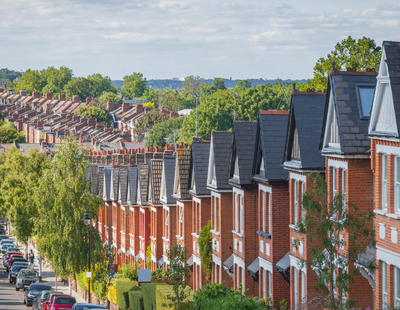The fall out from Coronavirus is forcing the rental market into a once in a lifetime change as tenants reassess priorities.
This is the view from Zoopla which says the consequence is felt most acutely in the growing disparity between inner city and outer city residential rents.
The portal, in its latest lettings sector snapshot, says changing patterns in working and commuting, leisure and tourism, have eased rental demand in city centres across the UK, building on a fall in rents that actually began before the pandemic.
What Zoopla calls “a halo effect” has emerged in the wider commuter zones of the UK’s largest cities - rents are rising strongly in the wake of increased demand among some tenants who are migrating towards properties with more space, indoors and outdoors, as a result of three successive lockdowns over the past 10 months.
So while rents in central Birmingham fell 3.4 per cent in the year to December, but in the surrounding boroughs of Bromsgrove, Sandwell and Wolverhampton, rents rose an average of 5.0 per cent.
Rents in well-connected towns are also registering strong growth - Rochdale, Hastings, Southend and Newport in Wales have seen rises from five to nine per cent.
Across the UK as a whole, excluding London, rents are running at an annual growth rate of 2.3 per cent, matching pre-Covid levels, and demand is up an extraordinary 21 per cent year on year.
Zoopla explains that London’s position as a global city means current rental trends have been amplified.
Demand in London is down 10 per cent year on year, resulting from the triple impact of working from home policies, reduced international travel, and a near cessation of tourism. In addition, Greater London rents have registered their steepest annual fall - down 8.3 per cent - since the global financial crisis.
The fall in overall average rents is exaggerated by declines in the higher value, more dense rental markets of inner London and Kensington & Chelsea (down a huge 12.3 per cent).
However, while rents are falling by at least 6.0 per cent in most inner London boroughs, several outer London boroughs are still showing rental growth (Havering up 2.6 per cent and Enfield up 1.1 per cent).
New supply in London is up 30 per cent year on year as short-lets continue to be transitioned into long-lets, and more new build rental supply comes to market, creating more choice for renters and exerting downward pressure on rents.
The portal says the outlook for the rental market depends upon how quickly the vaccine can reduce the impact of Covid and, in turn, when business as usual resumes in city centres.
Flexible working is likely to continue, meaning there may be a permanent shift in priorities for some renters. The demand for space is unlikely to diminish soon, which will continue to support the family homes rental market.
“Changing working, commuting and tourism patterns were felt very quickly in the central London rental market. Now we are seeing the impact in other city centres, although on a more modest scale” according to Grainne Gilmore, head of research at Zoopla.
She continues: “Balancing the rental declines in inner cities is the strong rise in rental growth in surrounding ‘halo’ areas and well-connected towns across the UK, reflecting stronger demand in many of these markets among a cohort of renters.
“Yet it is important to note that most demand among renters living in central cities is within the same area - some renters will have ties to an area through schooling, or non-office based work.
“The search for space among renters is coming across loud and clear from the data however, with houses in major cities now being rented out more quickly than a year ago. In most cases, flats are now taking longer to rent out.”













%20-%20IMAGE%20Client%20Accounting%20%E2%80%93%20what%20are%20your%20options.jpg)





Join the conversation
Be the first to comment (please use the comment box below)
Please login to comment